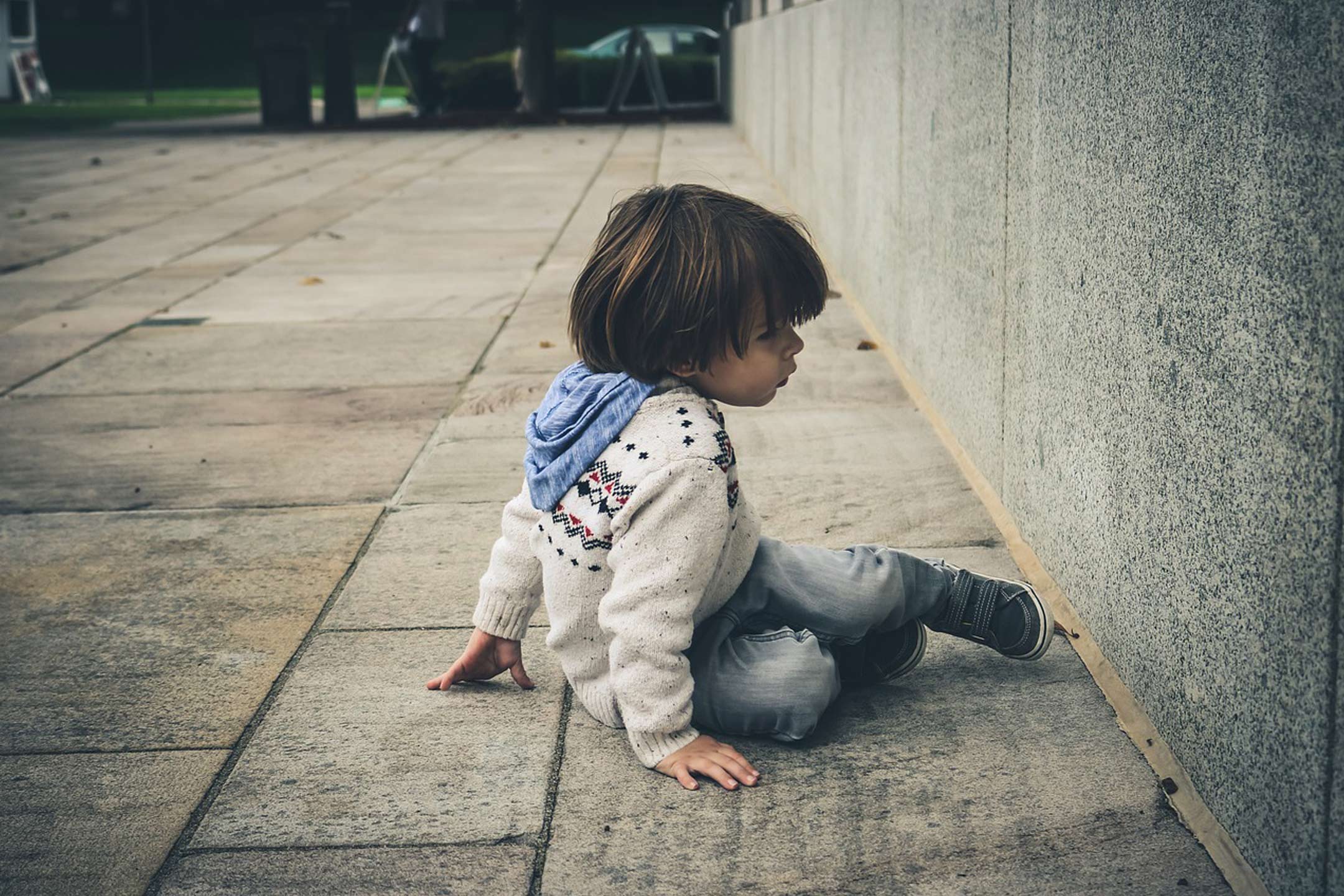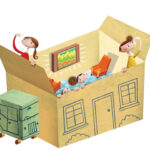
15 Aug Toddle In Peace
A trip to a cemetery with her son leads Clare Wishart to ponder the importance of families and their undying connections.
The automated voice told me that my library book was ready for collection. I decided to combine picking it up with some exercise for my 16-month-old son. He’d hit toddlerdom at full force, and I was struggling to catch up.
Now I know why many parenting books have cover designs of a tot snapped from behind. This has been my permanent view of my son since he started walking. So I needed somewhere safe where he could toddle, and I could follow without too much hassle. I hit upon the ideal location. There was a large cemetery near the local library. The perfect place for my son to explore, screeching happily, without upsetting the residents.
We had a great time.
The wide asphalt paths provided even surfaces, the taps were at the right height for my toddler to fiddle with, and there were plenty of pebbles for him to hold in his small, grubby hands. Some sections of the graveyard were more toddler-friendly than others. My preferred corner included graves with large marble slabs that were too high for my son to climb. These graves had candle-lit lanterns, photos and treasured objects behind glass. The tombstones had beautiful gold or white lettering. Mothers, fathers, sisters and brothers lay quietly. Lives full of dreams, disappointments and joy were distilled into one message about who they were rather than what they had done.
“Loving mother”, “Beloved son”, “We miss you Dad”. While reading one epitaph, my peripheral vision caught that classic back view of a little boy in full flight. My son was heading off with a washing detergent bottle he’d found down the side of a tomb. Oops. I hadn’t come across this tradition before. Not only washing detergent but also dustpans and brooms were stored in the spaces between burial plots. Love goes on after death, with relatives carefully tending the graves of those who have gone before.
My family stretches up and down the eastern seaboard. At any given time, members of my family could be in Ghana, Canada or Japan for work purposes. They could be visiting an elderly relation in New Zealand or zooming around the outback in a 4WD. Thus, for now and for the foreseeable future, my son does not have his extended family’s day-to-day presence in his life. I am sad about this.
While wandering among the graves, I noticed that many were of migrant families. The headstones displayed generations of history forged in a foreign land. These collective plots reminded me that people have been leaving hearth and kin since time immemorial. How did they do it before the digital age? Those instantaneous connections are my lifeline.
One particular vault made me stop and think. It was one of the larger ones. In fact, it could have qualified as a small weekender. The names of a husband and wife were proclaimed in solid lettering underneath the name of their only child, a girl, who was born and who died on the same day. A stillbirth. Having just suffered a miscarriage myself, I realised afresh how important each life is, no matter how much (or how little) time we have together.
During that winter afternoon, two ideas blossomed in my mind. Firstly, the people in the graves were not going anywhere. Well, not their corporeal remains, anyway. We could return to this place whenever we wished to read words of peace and devotion. Secondly, I was surprised by how nourished I felt by the love coming from each burial plot. I could imagine reciting some of the messages to my son when he grows older. I could picture our collective memory bank stuffed full of rich stories. What a heritage to give to a young child: an expanded understanding of family and what it means to be part of something larger than oneself.




